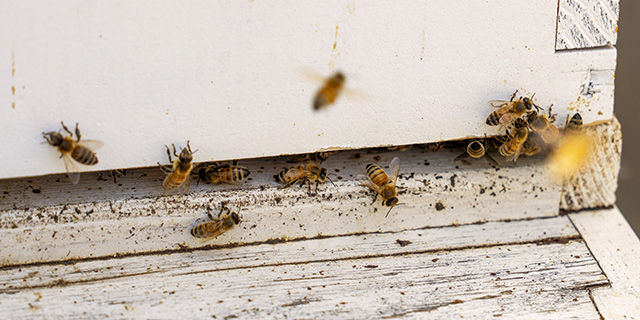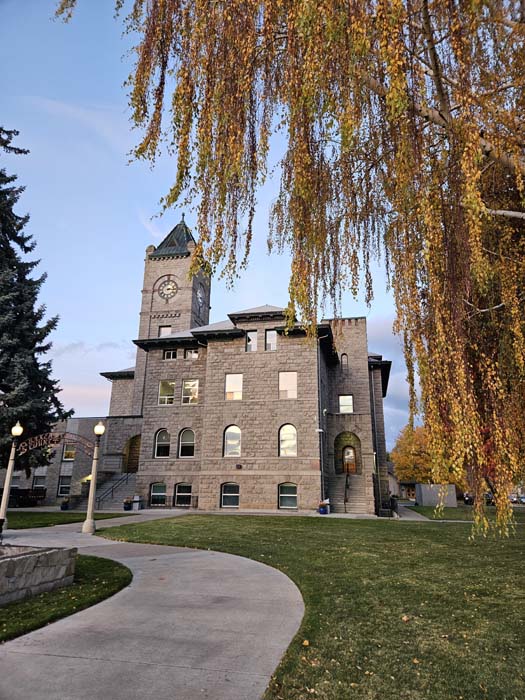OSU innovates to keep dairy open
Published 11:40 pm Sunday, October 27, 2013
Oregon State University has a working dairy farm again, but the challenges the schools animal agriculture programs face continue to raise questions in the states farming community.
Years of budget cuts had prompted officials at OSU to review the costs of maintaining expensive livestock herds in the face of dwindling enrollment in those programs.
But a malfunction of the dairy centers manure handling system in April 2021 forced administrators hand, leading them to temporarily suspend milking at the facility.
Upgrades to the manure handling system necessary to maintain what was then a 160-head herd would have cost several hundred thousand dollars, administrators said at the time.
Their solution was to drastically reduce the size of the herd and install a system to handle a smaller load. OSU also decided to shift from milking multiple breeds to focus on Jerseys, and to convert from a confined feeding system to a grass-fed system.
OSU sold the herd and used the proceeds to renovate the center. It reopened the dairy center this summer and is milking 30 Jerseys donated by an alumnus. The dairy is providing milk to the OSU fermentation center for the production of student-made Beaver Classic Cheese.
Leaders of the Oregon dairy industry say theyre happy OSU students are once again getting hands-on experience with milk production.
The temporary closure fueled speculation that OSU would eliminate the dairy program. Though administrators always denied the dairy was targeted for closure, its no secret livestock programs at OSU and other land grant colleges face a host of financial and environmental challenges.
Earlier this year environmental problems forced the closure of OSUs swine facility. Officials say repairs would cost more than $100,000. OSU hopes to return hogs to the animal sciences program at some point, but whether that will happen is an open question.
Outdated facilities that at one time may have paid for themselves or even turned a small profit are now expensive to maintain. Feed and labor are expensive, regulations have increased, and markets have changed. And while many of these operations were considered large in their day, they are too small by modern standards to produce a margin.
The continuing expense becomes harder to justify when fewer students are interested in large-scale animal production agriculture.
In this case, OSU has employed a new strategy to keep its dairy program viable, and perhaps more relevant to a student body increasingly more interested in production on a smaller scale. Its a case worth the study of other ag schools grappling with similar issues.
This may not sit well with some older alumni who remember the glory days when many ag colleges were in effect large working farms. But it is a pragmatic strategy that addresses modern realities, and far better than the alternatives that could have been selected.





